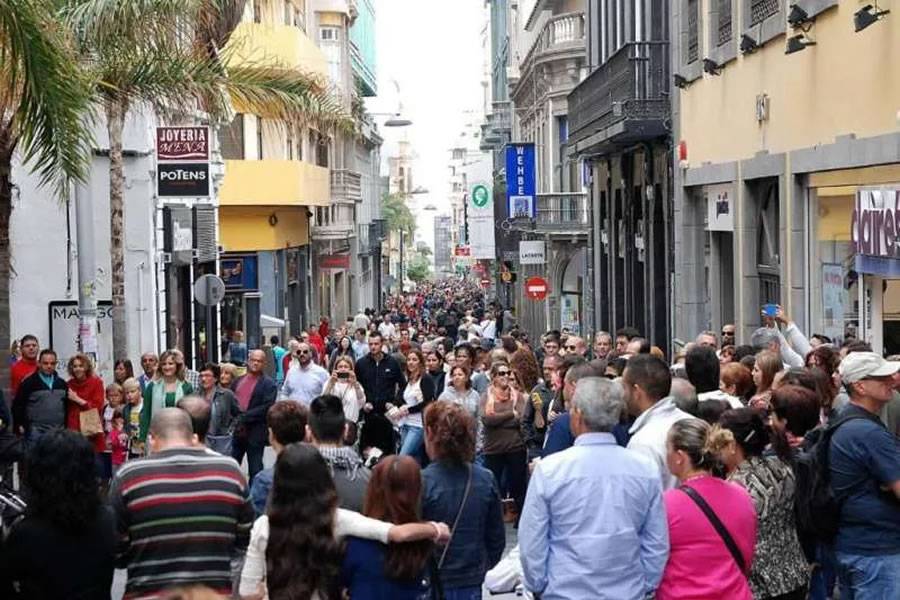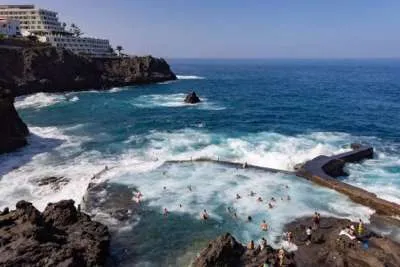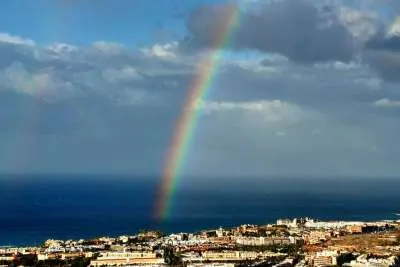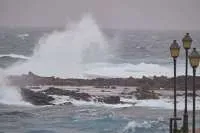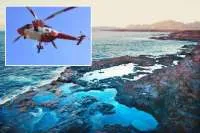Ministers address the problem of population growth in the Canary Islands
- 03-05-2024
- National
- Canarian Weekly
- Photo Credit: Archive
The Presidents' Conference, chaired by Fernando Clavijo, has generated several headlines, but above all, it's beginning to reveal the concern regarding the unease among the citizens of the Canary Islands. Top of the list for the general well-being of citizens are the level of income and the inability to access the housing market, combined with the unstoppable population growth which has increased by almost half a million people over recent years.
Demographic evolution in the Canary Islands, since the turn of the millennium, has been at two different speeds. For example, Fuerteventura saw a growth of 99.62% up until 2022, while La Palma barely experienced a 1.16% population increase.
Amidst debates on demographic challenges, economic models, and housing issues, the Canary Islands Institute of Statistics (Istac) has released a tool visualising population change disaggregated by islands, municipalities, and regions between the years 2000 and 2022.
During this period, Fuerteventura's population almost doubled from 60,124 to 120,021 inhabitants. Municipalities like Antigua experienced a staggering 168.4% growth, and La Oliva saw a 164.2% increase. Lanzarote followed with its population increasing from 96,310 in 2000 to 151,112 in 2022 (a 62.09% increase). Yaiza emerged as the second fastest-growing municipality in the Canary Islands, jumping from 5,175 to 16,924 residents (a 227% increase).
Adeje topped Tenerife’s growth charts, with its population surging from 14,007 in 2000 to 49,270 two years ago. The population of El Hierro increased from 8,533 to 11,423 (a 33.87% rise), while Tenerife became the most densely populated island in the archipelago, going from 709,365 to 931,646 residents (a 31.34% increase).
Gran Canaria witnessed a population rise from 741,161 to 853,262 (a 15.13% increase), slightly lower than the growth seen in La Gomera, which went from 18,300 inhabitants in 2000 to 21,798 in 2022 (a 19.11% rise). Lastly, La Palma's population barely grew, increasing from 82,483 to 83,439 residents.
Focusing on regions within islands, discrepancies are evident. In Tenerife, southern regions like Abona and Southwest, where tourism is concentrated, grew by 134.1% and 117.4%, respectively, while Daute (Garachico, El Tanque, Los Silos, and Buenavista del Norte) experienced an 8.4% decline.
In Gran Canaria, the southeastern and southwestern regions grew by 53.5% and 38%, respectively, while the western region decreased by 15%, notably in Tejeda (-29.3%) and Artenara (-34.5%), less so in La Aldea (-6.6%).
Contrasts are minimal in Lanzarote and Fuerteventura, where population growth occurred across all regions, notably in the southwest for the former and in the central region for the latter. However, every region experienced a significant population increase, the smallest being 47.5% in the east of Lanzarote.
The Canary Islands Government and the island Cabildos have agreed to establish five working groups to address a more equitable distribution of tourism-generated wealth, enhance territorial planning efficiency, and devise a demographic challenge strategy, given that the archipelago's growth of nearly half a million inhabitants is deemed "unsustainable."
President Fernando Clavijo announced this after the inaugural Presidents' Conference, emphasising that these teams, comprising of government, Fecai, and Fecam representatives, will start forming in May and aim to deliver initial conclusions by September. Clavijo acknowledged that there are no "magic wands" to solve the islands' issues due to territorial disparities, underlining that the path ahead will be "long" and could span multiple legislative terms.
Other articles that may interest you...
Trending
Most Read Articles
Featured Videos
A Vision of Elvis Tenerife Promo
- 10-05-2025
TEAs 2025 Highlights
- 17-11-2025


